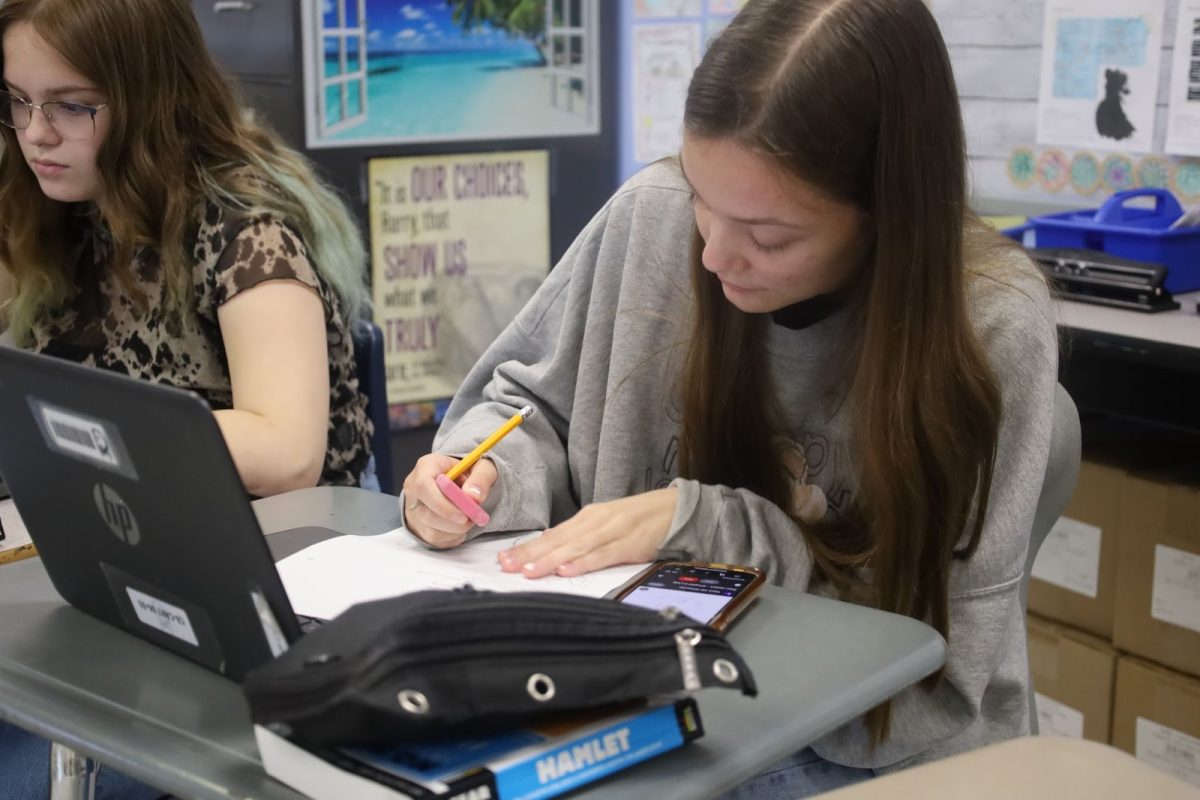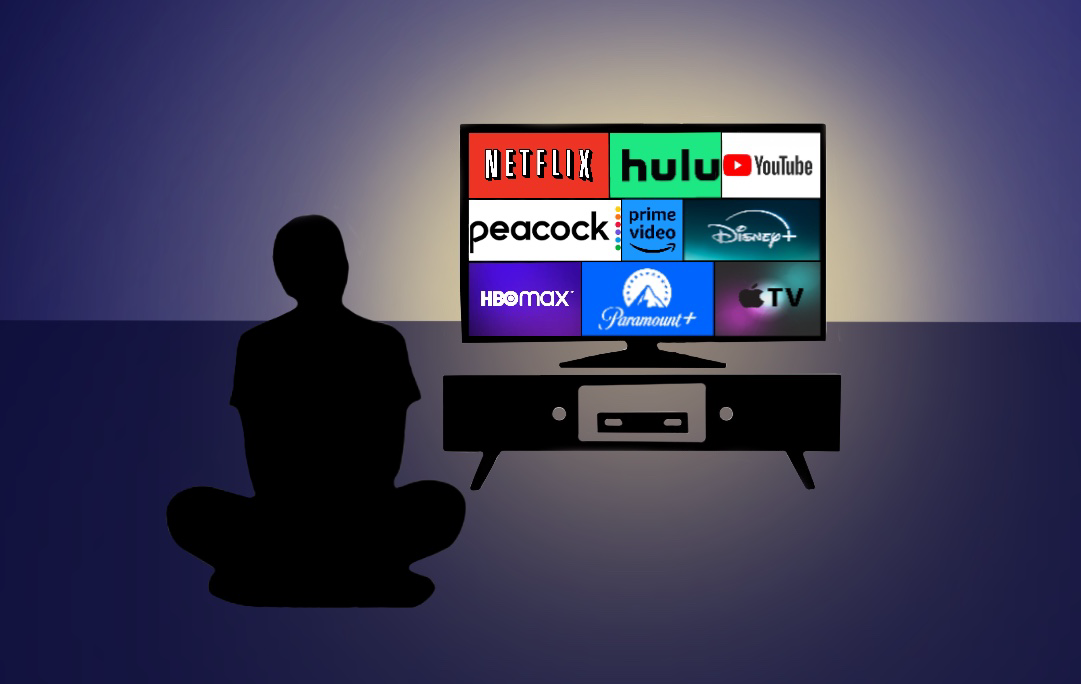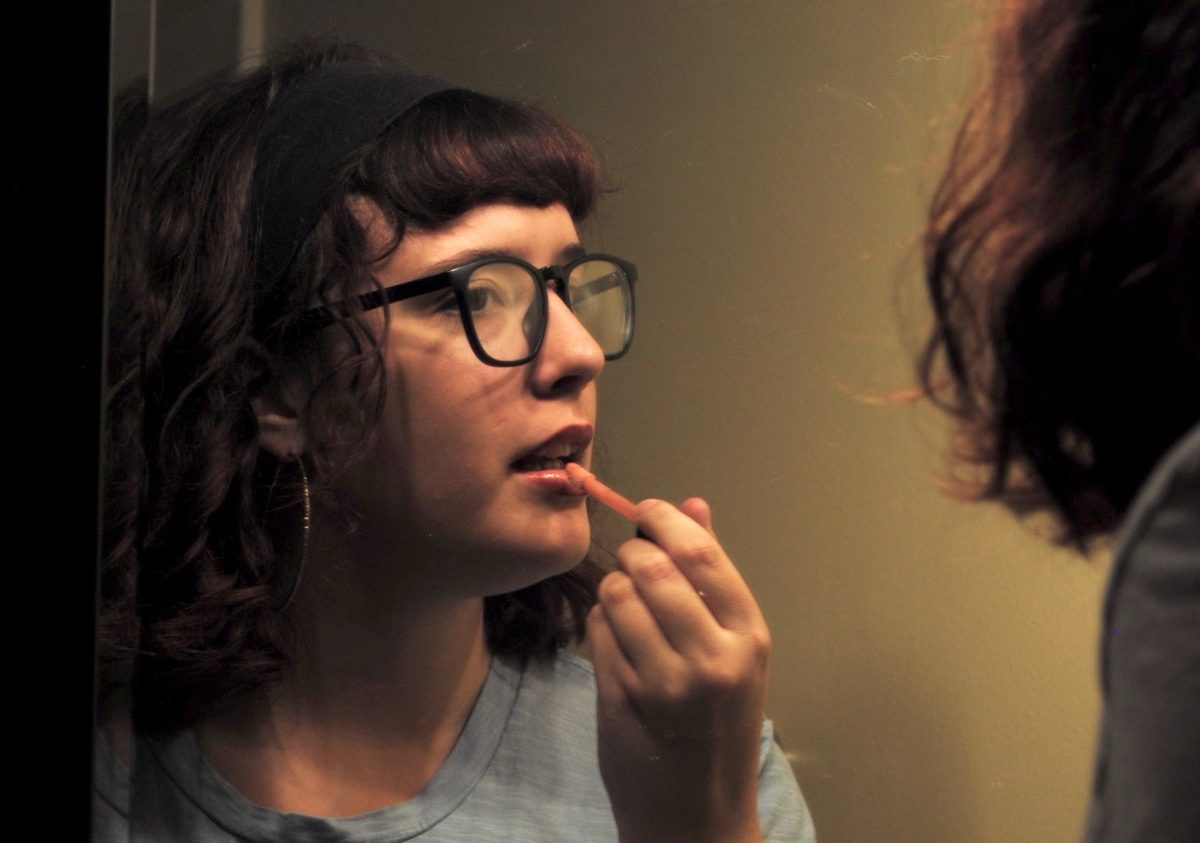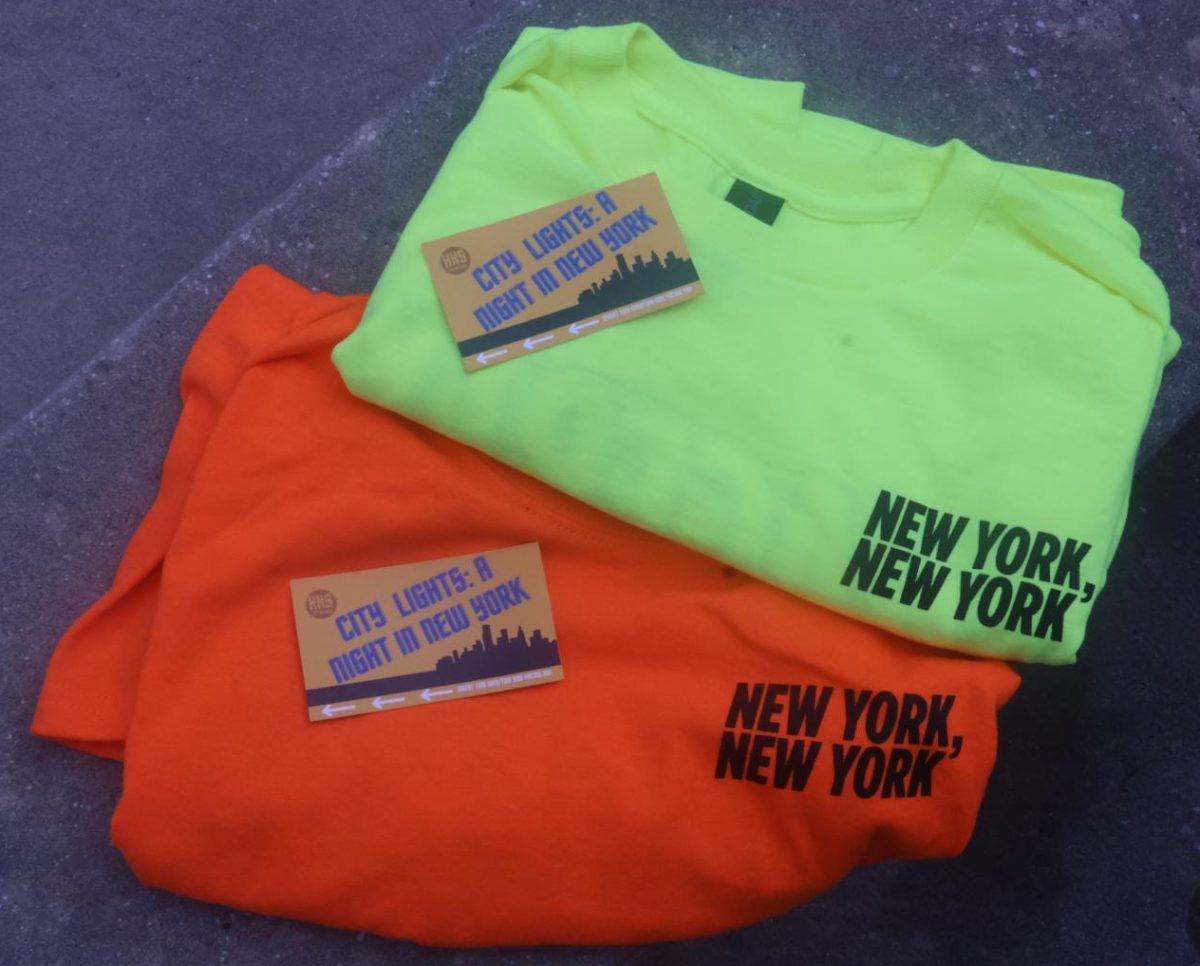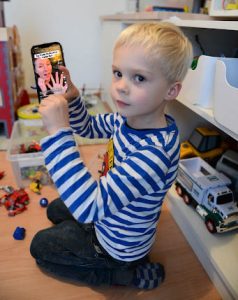
For many kids today, childhood begins to change the moment they get their first phone. What starts as interested scrolling quickly exposes them to a world built for adults, one that pressures them to grow up fast.
With 95% of teens having access to a phone and 95% using social media, the experience of early exposure is more than a rare occurrence—it is the norm. This has introduced children to information once reserved for older audiences, altering the pace at which they mature, a shift which has been noticed by students and educators alike.
“[Kids] have information from all over the world at their fingertips,” Early Childhood teacher Kirsten Kidd said. “And when so much of that content is coming from people 10 [or] 20 years older than them, they’re going to mimic those behaviors. It’s just how kids work, but that doesn’t mean it’s something we should normalize through social media.”
With years of experience working with children, Kidd has seen firsthand how social media can trickle into the lives of younger generations. Platforms such as TikTok, Instagram and YouTube present young kids with a constant stream of content where much of what is shown—fashion, humor and daily vlogs—mirrors the lives of influencers many years older.
Despite a majority of these social media sites having an age restriction of 13 years or older, a Healio study revealed that 63.8% of youth aged younger than 13 had at least one social media account.
Junior Abigail Rhode is one of many teenagers who gained access to social media at a young age, getting her first phone at age nine.
“I really quickly got social media, and at the time apps were a lot less monitored or regulated, so I saw whatever people posted, and it wasn’t always stuff a nine-year-old should’ve been seeing,” Rhode said. “It definitely gave me a negative outlook on life while I was younger. I saw a lot of bad stuff I’d never seen before.”
Rhode’s experience is one shared by many. According to the Youth Empowerment Fund, 70% of teens encounter real-life violence on social media, with 25% reporting it was advertised to them through features such as “Newsfeed” and “For You” recommendations.
“[Kids] are going to be exposed to really bad stuff before they even have the capacity to process it,” Rhode said. “I genuinely think it could lead to kids lacking empathy because they’re growing up watching violent things.”
But online violence is not the only concern when it comes to internet access. Social media can create the expectation for children to stay updated on current events, even when information is overwhelming.
“A huge change I see is definitely the awareness kids have nowadays,” Kidd said. “Most kids in middle school know about politics, trends and drama and I don’t think I knew anything like that when I was that age. It makes them anxious. When you literally have all the information in your hands, good and bad, it’s overwhelming even for me.”
Constant exposure to both violence and worldwide events has left kids feeling much older than they actually are. Seeing and understanding more at a younger age can create the impression of maturity, even if the awareness comes from pressure rather than growth.
With adult topics constantly flooding screens, the process of growing up has become less about age, and more about access.
“It’s a trend,” junior Brionna Campbell said. “Certain kids get social media access younger, and then all of a sudden they start acting older [because of] what they see. Other kids start thinking that’s what it means to be cool, so they all start asking their parents for phones and to get all these adult things. It’s a domino effect, so that now if you act like an actual 10 year-old, you’re almost seen as cringe.”
Downloading social media at 12 years old, Campbell quickly became exposed to content beyond what she was used to, and found herself trying to adjust.
“I was a little sheltered before, so all of a sudden I was seeing a ton of swearing [and] inappropriate things. It was like entering a whole new world I didn’t know existed. But I didn’t want to seem surprised, because everybody else I knew had social media years before I did,” Campbell said.
This trend has reshaped what childhood looks like. For many, the desire to be mature comes earlier due to what is seen online, rather than real-life experiences.
“Social media influencers are almost always older, but they’re being idolized by much younger kids, and whether on purpose or not, they’re influencing them to want to follow in their footsteps,” Campbell said. “It’s why we have ‘Sephora kids,’ because once they see their favorite influencer do it, of course they do too.”
Influencer culture plays a large role in shaping how children define self-worth and maturity. With endless content focusing on new makeup techniques to cover acne, how to see quick weight-loss results and ways to find knock-offs of the current trending clothes, online personalities often set expectations that children feel pressured to meet.
A Common Sense Media report shows that 51% of teenagers feel pressure to look their best due to social media, a trend which can be attributed to this stream of “glow-up” content. Instead of exploring and developing an original sense of style, some children are instead choosing to mirror the adults they see on their screens.
For junior Aniah Hope, the concern of being overexposed to beauty standards is one that she is familiar with.
“When I first experienced what it was like to have unrestricted internet access, it was a lot,” Hope said. “I was young and had no way of knowing how to filter the content I saw, so I became obsessed with influencers who posted about beauty. My younger sister got a phone around the same time I did, and I worry that she’s going through what I did, seeing the same stuff I did.”
In response to growing concern about early exposure, many social media platforms have begun implementing safety features with the goal of protecting young users. TikTok’s Family Pairing feature allows parents to link accounts with their child in order to control screen time and monitor content. Instagram’s sensitive content controls limit user access to potentially sensitive content, and require parental control to change these settings for users 16 and younger.
“Apps now are a lot better at filtering what content they let people post,” Rhode said. “My parents have screen time and content control set on [my siblings’] phones, and I know it annoys them, but I think it can really help shield them from seeing whatever the algorithm sends onto their feed. I’m sure if I had it as a kid I wouldn’t have been so easily exposed to all kinds of content.”
Despite these efforts, no system is foolproof. Without proper age verification processes, younger users can easily bypass restrictions by misreporting their age.
“Ideally, there would be some way to truly verify ages to make sure really young kids aren’t getting on to these apps, or at least a way to track the content being posted, to really try to avoid things that can slip through the cracks,” Kidd said. “But it takes a lot of monitoring, so who knows if it could be implemented.”
As social media continues to evolve, it reshapes what childhood looks like. While the internet offers new opportunities for creativity and community, it also raises questions about the long-term effects of early exposure to online content. For now, growing up online has become an inevitable part of modern life, one that continues to reshape what it means to be a kid in the digital age.


